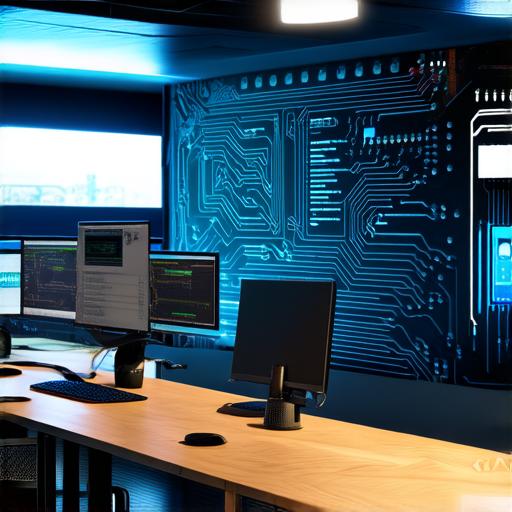Introduction
Unity is one of the most popular game engines on the market. It offers a wide range of tools and features that make it easy to create 2D, 3D, and VR games.
Setting up your development environment
Before you can start building your game, you need to have the right tools installed on your computer. This includes:
- A copy of Unity 3D
- A code editor (such as Visual Studio or Visual Studio Code)
- A graphics program (such as Blender or Photoshop)

Creating a new project
To create a new project in Unity, open the engine and select “New Project” from the main menu. You will be prompted to enter the name of your project, choose the type of project you want to create (e.g., 3D game), and select the version of Unity that you have installed.
Designing your game world
Once you have created a new project, it’s time to start designing your game world. This involves creating the environment, characters, and other assets that will be included in your game. You can use a variety of tools for this, including Blender or Photoshop to create 3D models, textures, and animations.
Writing code for your game
In addition to designing your game world, you will also need to write code to make your game work. Unity uses C as its primary programming language, so you will need to be familiar with this language in order to create your game. You can use a code editor such as Visual Studio or Visual Studio Code to write and edit your code.
Adding gameplay elements
Once you have designed your game world and written the code for your game, it’s time to add gameplay elements. This includes things like enemy AI, player movement, and user interface. You can use Unity’s built-in tools and features to add these elements to your game.
Testing and debugging
As you work on your game, it’s important to test and debug your code regularly. Unity has a built-in debugger that allows you to step through your code and see where things are going wrong. You can also use tools like the profiler to identify performance issues and optimize your code.
Publishing your game
When you are ready to release your game, you will need to publish it to a platform such as Steam or the App Store. Unity has built-in support for publishing games to these platforms, so you can easily export your game files and submit them for review.
Conclusion
Developing a Unity 3D game requires a combination of design skills, programming knowledge, and creativity. By following these steps, you can create a professional-looking game that is fun and engaging for players.


